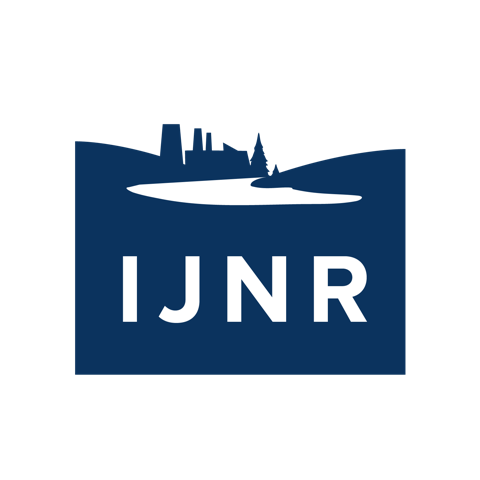Lake Superior Day 2
The Fellows began their first full day of the institute by visiting Duluth Harbor and some of the people who are studying Lake Superior.
Conducting research on a big lake requires a big boat and the Large Lakes observatory’s R/V Blue Heron is the biggest in the Great Lakes - outfitted to stay out on the water for long stretches as scientists study the physical, chemical and biological realms of the deep. As the group ogled the instrumentation, they also talked about how our warming world may impact Lake Superior. What climate-driven changes are on the horizon? What’s already being observed? And what are the implications for the plants and animals that call Lake Superior home? They heard not only from researchers with the Large Lakes Observatory, but scientists with the Natural Resources Research Institute at the University of Minnesota-Duluth as well.
Following the harbor visit, the group traveled to the Large Lake Observatory's offices to discuss a different freshwater issue. Managing a resource shared by several states and two countries may be an even bigger task than studying it. How do the U.S. and Canada keep tabs on the Great Lakes and who is responsible for what? The journalists had the opportunity to try to make sense of the many agencies and commissions “in charge” of how the lakes are used. They also spoke with members of the now-defunct Lake Superior Binational Forum, which was an attempt to bring citizen voices into the discussion of Lake Superior management. Once consisting of 24 U.S. and Canadian stakeholders from industrial, tribal, economic, environmental and academic interests, in early 2015 the Forum lost funding from the Great Lakes Restoration Initiative and U.S. EPA.
After lunch, they stuck around at the Observatory and learned that it’s not just water we need to worry about in a warming world. The group got a chance to meet with scientists who are piecing together what warming means for plant communities, migratory birds, inland fisheries and Minnesota’s iconic moose.
Finally they wrapped up their first full day with IJNR's signature roundtable discussion, Telling Environment Stories Better, facilitated by CEO Dave Spratt. Natural resource stories are some of the hardest to fit into the usual journalism mold. As our esteemed founder always put it, “they don’t break, they ooze.” Climate change coverage is no exception. Together the Fellows had a chance to explore some of the difficulties of doing “good” journalism on this beat and ideas for how to cover the biggest environmental story on the planet now that the debate over who’s responsible is (mostly) over.
